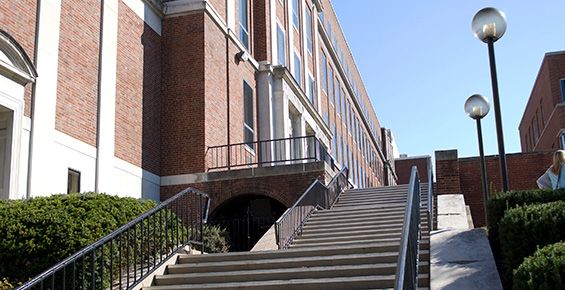With unrelenting tuition hikes and growingdebt loads, the cost of college has dominated headlines and legislative debatesfor years. But the typical community college student is worried about much morethan paying for classes. Many juggle school with work to make ends meet and facedaily concerns about the basics, such as access to adequate food, housing,transportation, child care, and health insurance.
Financial hardship is thenumber-one reason students withdraw from college. And commonpolicy interventions, like freezing tuition rates and awarding “last-dollar”promise scholarships, aren’t instant cures for alleviating their economic woes.
States must find clear, specific ways toconnect more students with the array of financial supports and services theyneed in order to stay in school and earn postsecondary credentials.
JFF considers a range of policy approaches for strengthening students’ financial stability in Supporting Students Along Their Pathways, one of four white papers JFF recently commissioned. The series examines how states fund postsecondary institutions, measure their impact, increase alignment across K–12 and postsecondary education systems, and support students to complete a credential and start a career. The reports reflect the vision of JFF’s Policy Leadership Trust for Student Success and offer ideas for catalyzing change through state and federal policies that encourage the implementation and scale of evidence-based student success reforms.




